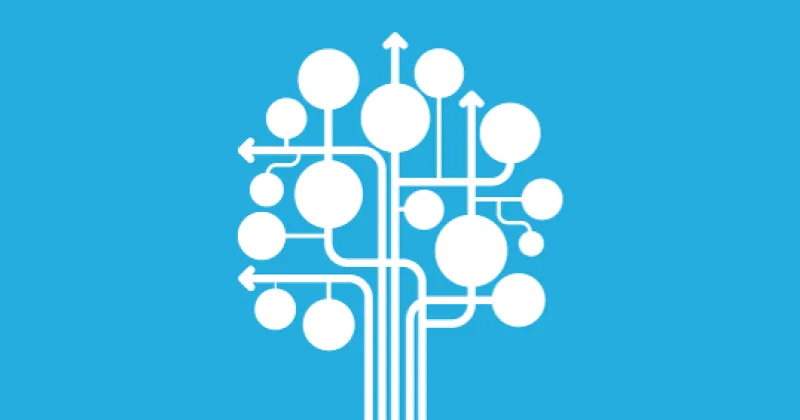Changing Glasses

Change Your Glasses AUDIENCE Pupils from 14 to 18 INTERCULTURAL COMPETENCES valuing/respect of other human beings valuing/respect for cultural difference and diversity tolerance empathy and de-centring flexibility and adaptability communicative awareness critical thinking multi-perspectivity skills of listening and observing LEARNING OBJECTIVES To raise awareness of the inequalities in society To develop skills of observation, imagination and critical thinking To foster solidarity and respect for other human beings TIME 90 Minutes NECESSARY MATERIALS Glasses. Old glasses from a secondhand shop or flee market, or just the frames Large sheets of paper, and pens Old magazines, post cards, scraps for collage, glue Tape for hanging the pictures up A digital camera or mobile phone that can take pictures; ideally one per person or one or several for the whole group Computer and printer Warning: outdoor activity STEP-BY-STEP DESCRIPTION OF THE ACTIVITY 1. With the group, brainstorm those people who are disadvantaged or living at the margin of society or who have a different culture from them. Examples of people who are disadvantaged by society might include a single mother with young children, a pensioner, an immigrant, a person in a wheelchair or someone with HIV/AIDS. Examples of people at the margin of society might include a homeless person, an illegal immigrant, an illiterate person, a mentally ill person or a member of the Roma community. These are examples of groups of people who do not have the opportunities that are available to the majority. All disadvantaged and marginalised people are poor and suffer from prejudice and stereotypes and are often discriminated against in some way, for instance in access to decent housing and jobs because of the situation they find themselves in. They can also target a person that has a different culture from them, like a migrant or somebody that has a different religion etc. 2. Ask each participant to choose one such person whom they are curious about and explain that they 3. Emphasise that the point is not to act out the role, but to go out and imagine what it would be like to be the ot able to enjoy all the amenities? Where would they buy bread (if they can afford it)? Where would they live? Would they identify with advertising posters in the street? 4. Hand out the glasses if you have some! Tell participants that as they go around the locality they should take pictures either with digital cameras or on their mobile phones as documentation. Agree a time for everyone to return. 5. On their return, ask each participant to transfer their pictures onto the computer, then to choose two, three or four to print out, mount on a large piece of paper and tape onto the wall. The pictures should be untitled. 6. When all the pictures are displayed, ask everyone to try to guess which groups are being represented; then invite each participant in turn to present their pictures and to explain why they are particularly en go on to ask participants in turn what they experienced and what they saw: What happened? Did you enjoy the activity? Why? Why not? What was the most surprising thing you discovered? Why did you choose the example you did? What preconceived ideas or stereotypes did you have about the person you chose? What Did the exercise enable you to empathise in any way with the person at the margin? Why? Why not? What have you learnt about yourself? Now go on to discuss some of the broader issues: effect do our stereotypes and beliefs have on the way we see the world around us? Where do we get our information about disadvantaged and marginalised groups from? How risky is it to make assumptions about someone based on a generalisation about the groups as a whole? How risky is it to make generalisations about a group of people based on one or two examples? Which human rights specifically protect the different examples of disadvantaged people or those living at the margin which the participants identified? How are the rights of these people most frequently violated? How easy is it for them to claim their rights? Who should be responsible for making sure that their rights are not violated or that they can exercise them? RECOMMENDATIONS / TIPS You can run this activity as an introductory exercise or as the main activity. In a training meeting, it can time. The instructions suggest people work individually, but the activity can be done in small groups. Practical considerations such as the size of the group and availability of cameras will most probably determine how you organise the activity. Bear in mind that it takes time for people to introduce their pictures, so depending on the size of the group, restrict the number of pictures each person chooses to display. It is very important that the participants understand that they cannot escape from the fact that they are looking through their own eyes and imagining what it is like to be someone living at the margin of society or someone with a different culture. They should be aware that by bringing their existing stereotypes and feelings of empathy to the activity they risk reinforcing beliefs that may be distorted or wrong. They should also know that stereotypes are (useful) generalisations about a group of people but that they should be used with caution as there will be wide variation within the group and the generalisation will not apply to every individual. This activity can be introduced by another one, called One Step Forward, which can be seen here. REFERENCES Compass: Manual for Human Rights Education with Young People, Council of Europe: http://www.coe.int/en/web/compass (for both Change your Glasses and One Step Forward)




